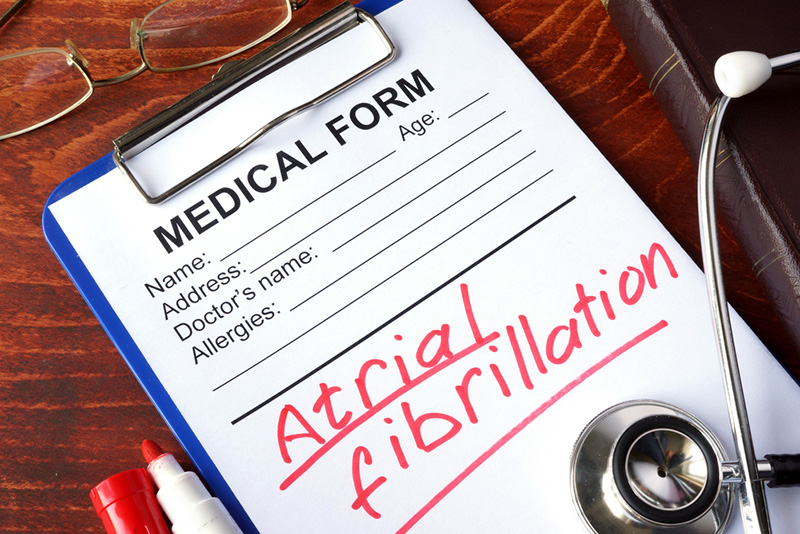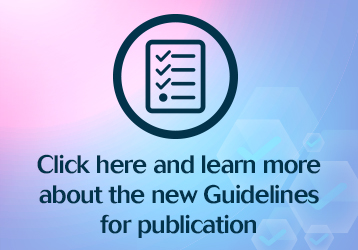Volume 32, Nº 6, November and December 2019
DOI: http://www.dx.doi.org/10.5935/2359-4802.20190088
EDITORIAL
Postoperative Atrial Fibrillation: The Challenge of Risk Prediction
Luiz Eduardo Montenegro Camanho
Gustavo Vignoli dos Santos

Atrial fibrillation (AF) is the most common cardiac arrhythmia in clinical practice and is characterized by chaotic activation of the atrium, with f waves presente on baseline electrocardiography. Postoperative atrial fibrillation (POAF) is a clinically important complication in patients who underwent heart surgery (coronary artery bypass grafting, or CABG surgery, or valvular surgery).
The prevalence of POAF varies from 20 to 40%, with a peak incidence between days two and four after heart surgery.1,2 Studies suggest that patients undergoing CABG alone have lower incidence of POAF (10 to 40%) compared with those undergoing CABG combined with heart valve replacement (62%).3
The most important risk factors associated with this condition are advanced age, heart failure, rheumatic heart disease, hypertension, previous history of AF, left atrial enlargement, chronic kidney failure, and chronic obstructive pulmonary disease (COPD).4
Although the POAF was initially recognized as a benign complication, several studies showed that AF in this circumstance is associated with higher mortality rates at short- and long-term follow-up.5 The occurrence of POAF is associated with a significant increase in hospitalization time and overall costs.1
The CHADS2 and CHA2DS2VASc scores are commonly used methods to predict the occurrence of thromboembolic events in AF patients. In 2014, Sareh et al.6 reported that 344 (16.2%) out of a total of 2,120 patients developed de novo POAF during their primary hospitalization.
Keywords: Atrial Fibrillation/ physiopathology; Arrhytmias Cardiac/ complications; Postoperative Complications; Cardiac Surgery Procedures.











